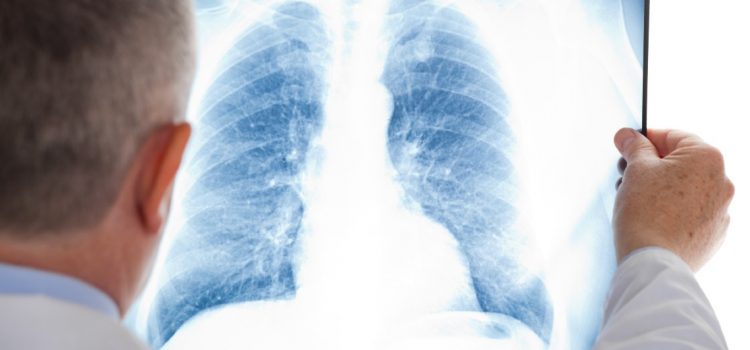Jump to: January 15, 4(4): 1-42 February 15, 4(5): 1-42 March 15, 4(6): 1-42 April 15, 4(7): 1-42 May 15, 4(8): 1-58 June 15, 4(9): 1-42 July/August 15, 4(10): 1-42 September 15, 4(11): 1-42 October 15, 5(1): 1-50 November 15, 5(2): 1-42 December 15, 5(3): 1-42 January 15, Vol 4, No. 4, Pages 1-42 Letter from the Editor in Chief (PDF) In Support of a Pledge Lee A. Resnick, MD JUCM. 2010;4(4):1. From …
Archives- 2009
Jump to: January 15, 3(4): 1-50 February 15, 3(5): 1-42 March 15, 3(6): 1-42 April 15, 3(7): 1-50 May 15, 3(8): 1-50 June 15, 3(9): 1-50 July/August 15, 3(10): 1-42 September 15, 3(11): 1-42 October 15, 4(1): 1-50 November 15, 4(2): 1-42 December 15, 4(3): 1-42 January 15, Vol 3, No. 4, Pages 1-50 Letter from the Editor in Chief (PDF) Crisis in the ER: Quantifying the Impact of Urgent Care Lee A. Resnick, …
Archives- 2008
Jump to: January 15, 2(4): 1-42 February 15, 2(5): 1-42 March 15, 2(6): 1-42 April 15, 2(7): 1-50 May 15, 2(8): 1-42 June 15, 2(9): 1-42 July/August 15, 2(10): 1-42 September 15, 2(11): 1-50 October 15, 3(1): 1-50 November 15, 3(2): 1-42 December 15, 3(3): 1-50 January 15, Vol 2, No. 4, Pages 1-42 Letter from the Editor in Chief (PDF) Quantifying Urgent Care, Defining Our Industry Lee A. Resnick, MD JUCM. 2008;2(4):3. …
When It’s More Than Just A Cough

Urgent message: Take vital signs and physical examination of the chest with the utmost importance when evaluating a patient with a cough. The common complaint of “cough” in the urgent care setting can be a symptom of a life-threatening pathology. Frank Schaller, DNP, APRN, FNP-C and Lauren Dunn, MSN, APRN, FNP-C INTRODUCTION Cough is a common complaint across healthcare settings including the emergency department (ED), urgent care, and primary care arenas—especially during influenza season.1 Cough …
Abstracts in Urgent Care – December 2020
Projecting Outcomes in mTBI Concussion Recovery in Athletes A New Tool in Assessing Adolescent Concussion Head Injury in Patients Taking Warfarin Infants with Scalp Haematoma To CT or Not to CT Low-Risk Peds Head Injury? Posttraumatic Headache in Children Out-of-Hospital Cardiac Arrest Ivan Koay, MBChB, FRNZCUC, MD Identifying mTBI Patients with Long-Term Poorer Outcomes Key point: Patients with a history of psychiatric disorder, racial minorities, and those with lower level of education are most likely …
Archives- 2007
Jump to: January 15, 1(3): 1-42 February 15, 1(4): 1-42 March 15, 1(5): 1-46 April 15, 1(6): 1-50 May 15, 1(7): 1-50 June 15, 1(8): 1-42 July/August 15, 1(9): 1-42 September 15, 1(10): 1-50 October 15, 2(1): 1-50 November 15, 2(2): 1-50 December 15, 2(3): 1-42 January 15, Vol 1, No. 3, Pages 1-42 Letter from the Editor in Chief (PDF) Keeping the Joy of Practice Lee A. Resnick, MD JUCM. 2007;1(3):1. From …
A 41-Year-Old Woman with Multiple Complaints

Urgent message: The risk in not “doing the math” with a patient’s risk factors is obvious for that patient. However, urgent care providers and operators also run significant legal risk when patients with multiple complaints present and there’s a bad outcome—even if the most pressing complaint is impossible to discern. Michael B. Weinstock, MD; David A. Farcy, MD FAAEM, FACEP, FCCM; and Ramin Vejdani, DO [This case was adapted from a chapter in the book Bouncebacks! …
Free JUCM Webinar: Avoiding Common, Costly, and High-Risk Missed Diagnoses

“Everybody makes mistakes” couldn’t be more trite when you’re talking about the practice of medicine. And in urgent care medicine, where the provider could be faced with anything from an ingrown toenail to a life-threatening MI that really should be in the emergency room, the margin of error is razor thin. Missed diagnoses are especially foreboding, in terms of both the patient’s health and your legal risk. Some are more common than others and, therefore, …
Altered Mental Status in an Elderly Patient Due to Chronic Salicylate Toxicity

Urgent message: Urgent care providers must maintain a high index of suspicion for life-threatening conditions when assessing patients whose self-reporting of symptoms can be vague and nonspecific. Introduction Elderly patients often present for medical evaluation with vague complaints, oftentimes requiring the provider to obtain additional history from family and caregivers. Urgent care providers must maintain a high index of suspicion for life-threatening conditions based on non-specific symptoms. This case demonstrates the importance of recognizing a …
An 18 Month-Old-Boy with Vomiting
In Bouncebacks, we provide the documentation of an actual patient encounter, discuss patient safety and risk-management principles, and then reveal the patient’s bounceback diagnosis. This case is from the book Bouncebacks!, available at www.anadem.com and www.amazon.com. History of Present Illness John is a healthy 18-month-old boy. One morning shortly after Christmas, he awoke with cough and congestion. After breakfast, he had an episode of vomiting. Though his symptoms remained mild over the next 3 days, …
